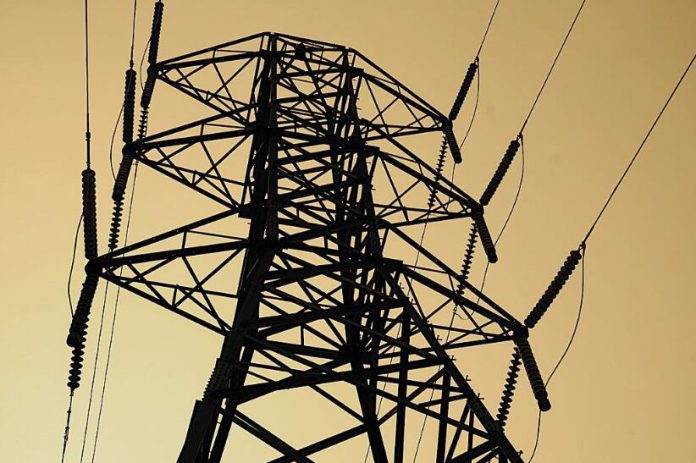Calling on federal energy regulators to “make interconnection reform a top priority,” three trade groups yesterday raised concerns over interconnection queue “logjams” and “exploding” network upgrade costs faced by large-scale solar, wind and storage projects awaiting approval in interconnection queues.
Those queues are managed by grid operators known as RTOs and ISOs, and by utilities not served by a grid operator.
The groups asked the Federal Energy Regulatory Commission (FERC) to resolve the logjams and prioritize remedial action through “an accelerated, stand-alone interconnection rulemaking.”
The three groups are the solar association SEIA, the clean energy trade group Advanced Energy Economy, and the renewables and transmission trade group American Clean Power Association.
To improve interconnection studies, where study timeframes approach four to five years in the PJM grid region, the groups said that with standardization and automation, these studies “could be completed in months instead of years.” They provided FERC with 14 near-term and six long-term reforms to get there, and said that some transmission providers “have already implemented the reforms identified.” Interconnection delays were also flagged as a major barrier by renewables developers in a November survey.
Regarding costs, the groups said affected system operators in most RTO/ISO regions are “perversely incentivized to identify disproportionate network upgrades” in affected system studies, “because these upgrades are fully funded by one or more interconnection customers.” They offered seven reforms to address such issues.
To fix clogged queues, where many areas “continue to use the serial first-come, first-served” interconnection approach, the groups called for use of industry best practices. They recommended a cluster study approach that considers multiple interconnection requests jointly, in conjunction with milestone-based “first-ready, first-served” processes.
The groups said that the common practice of requiring generators to pay 100% of network upgrade costs “is not legally durable,” because those upgrades are integrated with the regional transmission system and benefit all system users. The solution, the groups said, may be found among “several creative participant funding reform proposals” already submitted in an ongoing FERC docket, and could potentially use formulas based on voltage level or electrical location of upgrades.
The three groups called on FERC to initiate a rulemaking “aimed at requiring transmission providers to adopt the set of reforms” that the groups proposed. The resulting “nationwide rule” should apply to all utilities subject to FERC jurisdiction, as well as to RTOs and ISOs, the groups said.






